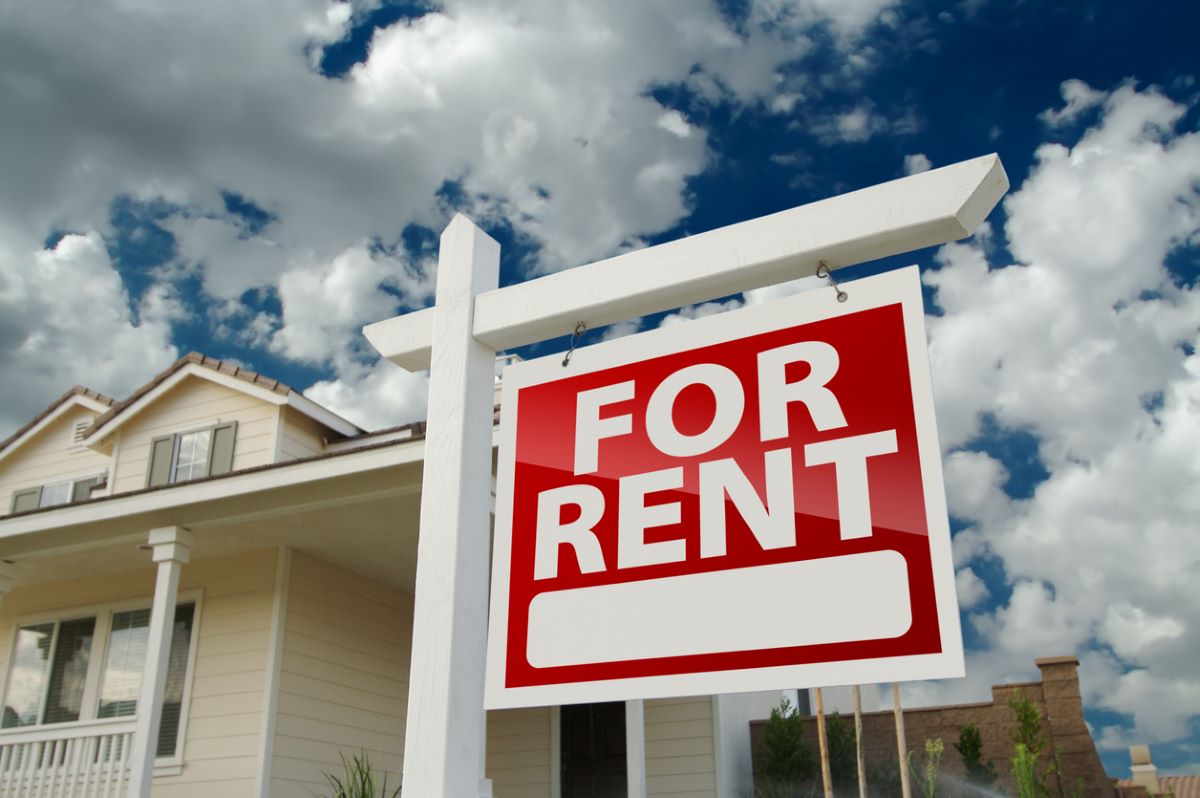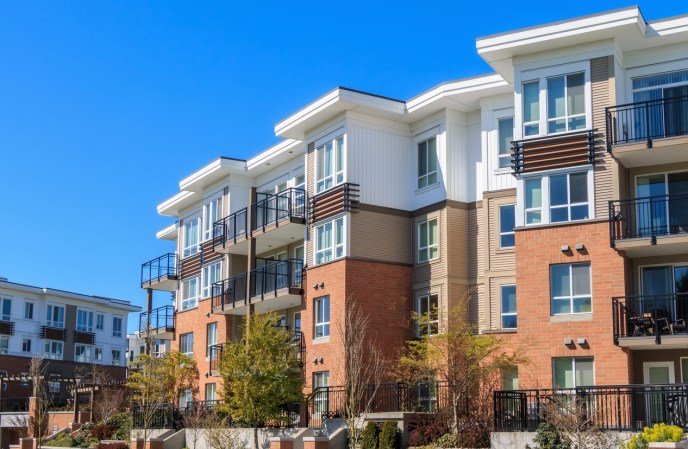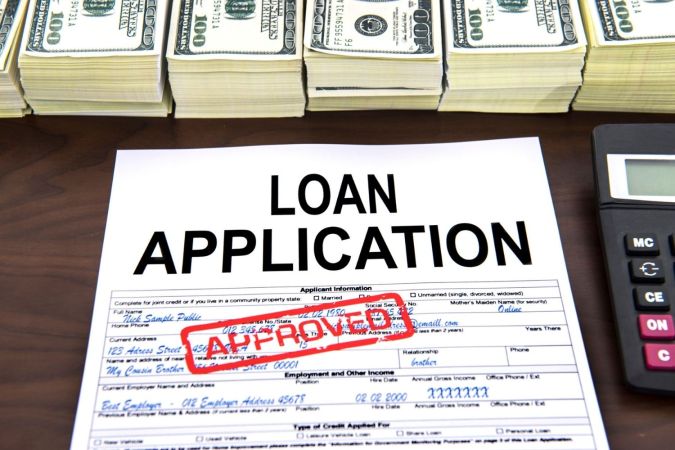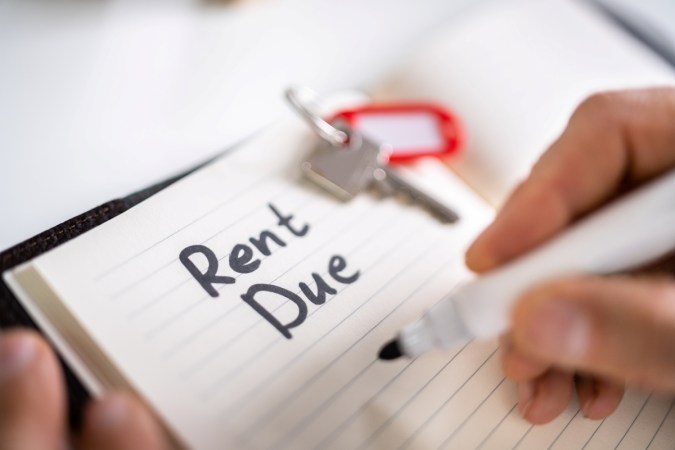We may earn revenue from the products available on this page and participate in affiliate programs. Learn More ›
Q: I want to buy a house, but my credit score isn’t great and I don’t have enough saved for a down payment. I’ve heard of rent-to-own, but I’m not entirely sure what it means. How does rent-to-own work, and is it a good idea?
A: You’re certainly not alone with struggling to raise your credit score or save for a down payment. According to Experian, nearly a third of U.S. consumers have a credit score of 670 or less. Saving for a down payment is also more difficult considering home prices have outpaced household income in the last 50 years, according to a Clever Real Estate analysis.
Getting into a rent-to-own house can be one way to lock in a home you love while building up your credit and equity with monthly payments. But before you jump in, let’s break down how rent-to-own works, when it might be beneficial for buyers, and the conditions with rent-to-own agreements you’ll want to consider.
Read on to learn how to rent-to-own a house.
What is rent-to-own?
Rent-to-own is a contract where a buyer agrees to lease a home for a set amount of time before potentially purchasing the property from the landlord. The buyer and seller sign a rent-to-own agreement that’s similar to a typical lease agreement and includes conditions such as how long the buyer will lease the home and the cost of rent.
Typical rent-to-own agreements also include details such as how much of the monthly rent will go toward the home purchase price, if the tenant has the option to back out of purchasing the home, and the overall purchase price.
RELATED: Here’s What Rising Rent Prices Mean for the Housing Market
How does rent-to-own work?
The process isn’t quite as simple as it sounds. At a first glance, renting-to-own works by a tenant leasing a home from a landlord before having the option to buy the property once the lease is up. In some, but not all, lease-to-own agreements, a percentage of the tenant’s rent goes toward the down payment of the home. This means the renter’s monthly payments are typically higher than a traditional rental agreement because they are paying equity toward the home in addition to rent.
After the lease term is up, the tenant can decide to use the money accumulated toward the down payment to buy the home or, depending on their rent-to-own agreement, decide to move on to another place.
There are two main types of rent-to-own agreements.
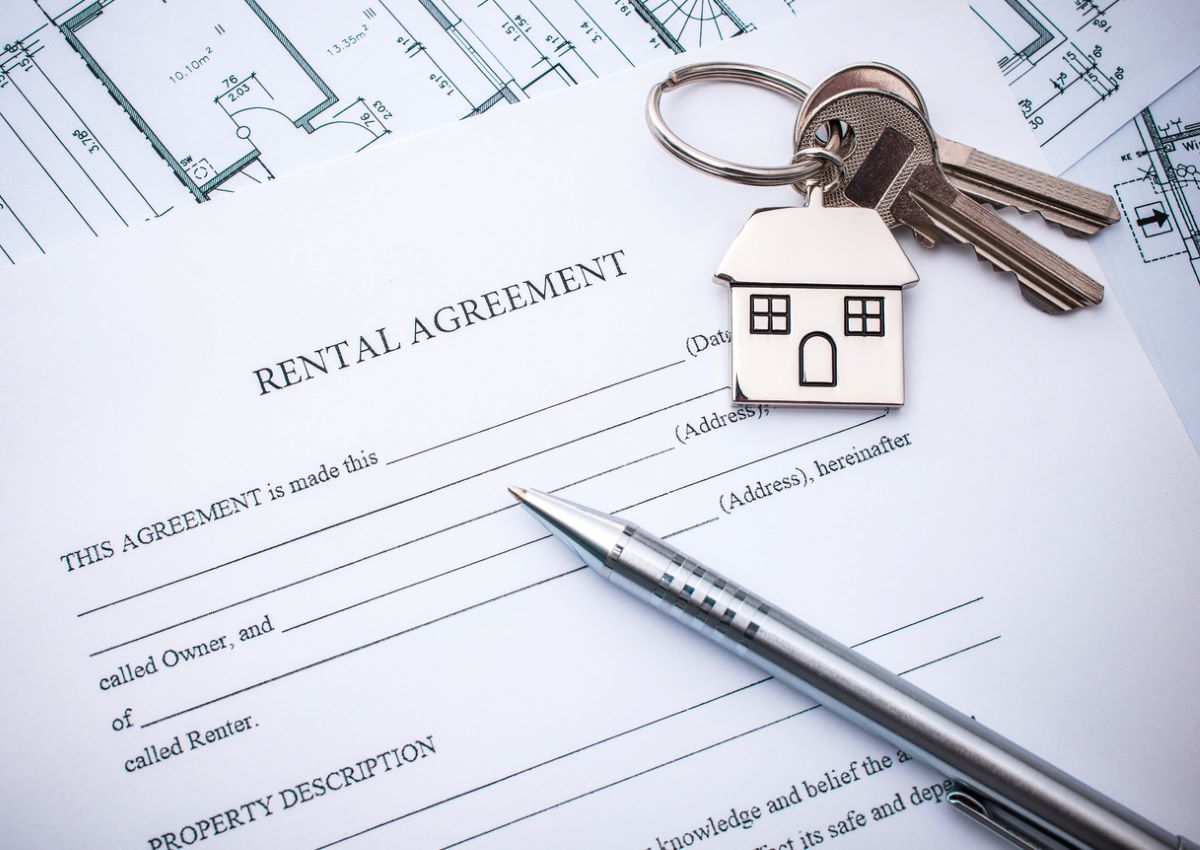
Before entering into a rent-to-own contract, it’s important for buyers and sellers to consider which type of contract best fits their needs. The two main types of rent-to-own agreements are lease-option or lease-purchase. Both contracts outline the requirements of the lease but have different obligations when it comes to purchasing the home.
Lease-option agreements allow tenants the option to purchase the home at the end of the lease. If the tenants are interested in the home but aren’t positive they want to buy it, the lease-option agreement gives them the right to buy the home or the flexibility to pass on the purchase once the lease is up. Since buyers have more freedom with this type of agreement, they typically pay an additional fee called an option fee.
A lease-purchase agreement outlines that the tenant is contractually obligated to purchase the property at the end of the lease term. A lease-purchase agreement usually includes a set purchase price of the home, which means a buyer is locked into a price of the home, whether or not they can afford it when the lease ends and whether or not the property is valued at that price. Buyers who are struggling to get approval for a mortgage may want to avoid this type of agreement since they will be contractually obligated to purchase the property even if they’re still unable to get a loan.
Renting to own may be a good option for a buyer who isn’t ready for a mortgage yet.
If a buyer wants a house but needs some time to build up their credit or savings before securing a mortgage, they can look into affordable rent-to-own homes and their advantages. By entering a lease-to-own agreement and consistently making the monthly payments, buyers can increase their credit score which may help in getting approved for a mortgage or finding a lower interest rate. If the rent includes a portion that goes toward the down payment, then the buyer is building equity, too.
Additionally, the flexibility with a lease-option agreement may be attractive for potential buyers who are afraid of buyer’s remorse. If buyers decide they don’t like the responsibilities with owning a home or aren’t fans of the neighborhood where their lease-to-own home is located, they can easily move on once the lease is up.
A rent-to-own lease can be risky for buyers and sellers alike.
While lease-to-own homes have their advantages, they also have their drawbacks for buyers and sellers. On the purchasing side, buyers may be stuck with a home they can’t afford if they are unable to qualify for a mortgage and are in a lease-purchase agreement. The set price of a rent-to-own agreement can also be risky for buyers if property values do not support the purchase price outlined in a lease-purchase agreement.
For sellers, the locked-in price of the house can be risky as well. If the property value of the home increases more than the agreed-upon purchase price, the seller may lose out on larger gains had they done a traditional sale.
In a lease-option agreement, sellers also are not guaranteed a sale on their home since the tenant has the option to decline to buy. If the landlord is eager to sell quickly, this can be frustrating and require them to relist the property to find another buyer.
RELATED: The Parts of Your Property You Can (and Can’t) Rent to Tenants
A rent-to-own contract can keep your dream home off the market and lock in the price.

If a buyer has their heart set on a particular house but isn’t ready to buy, proposing a rent-to-own agreement with the seller can help the buyer obtain the house without losing it to someone else.
Buyers can also lock in the home price with a lease-to-own contract because the purchase price is agreed upon with the seller either at the signing of the contract or at some point during the lease with an appraisal. This means if the market price of the home rises higher than the contracted purchase price at the end of the lease, a buyer could be getting the home at a lower price than if they’d purchased the house without renting it first.
On the other hand, locking in a price can work against a buyer, too. If the market price of the house drops significantly below the contracted purchase price when the lease ends, the buyer is stuck overpaying for the house.
In addition to rent, tenants may be subject to fees, taxes, and maintenance costs.
Option fees are an additional cost buyers may forget to consider that can make or break how affordable rent-to-own actually is. An option fee is a fee for the option to consider purchasing the property in the future and is common for lease-option agreements. Option fees vary and can be negotiable, but are typically 1 to 5 percent of the purchase price.
Martin Orefice, CEO of Rent To Own Labs, says to think of option fees as a more affordable down payment. “1 to 5 percent down is a lot better than most down payments,” Orefice says.
However, Orefice cautions that option fees can still add up and renters should be fairly certain they’re interested in purchasing the home before entering a rent-to-own agreement. “Those interested in renting a rent-to-own home may need to put up thousands of dollars just for the chance to potentially purchase it. Nobody is going to commit to a deal like that without being pretty sure that they want to buy the house in question,” Orefice says.
Depending on the lease agreement, there may also be more monthly costs for tenants than the rent payments. Sellers may require tenants to cover homeowner’s association (HOA) fees, property taxes, and some or all of the repairs and maintenance of the property. These all are costs buyers should think about when purchasing a home and can be eye-opening by revealing the additional costs needed to maintain the home.
Rent-to-own lease lengths differ from contract to contract.
When a potential buyer is learning how to rent-to-own a house, it’s critical to understand that contracts will vary and the length of a lease can be a make or break item for both the buyer and the seller. Jennifer Murtland, Cincinnati real estate agent and co-founder of Real Estate Fight Club Podcast, says most rent-to-own contracts require the buyer to rent the property for 1 to 3 years.
If a tenant is concerned about getting their credit score up or saving money for a down payment, a longer lease may be a better option.
Renters should carefully review the contract before signing.

As with any contract, it’s important to read the fine print before signing and committing to a lease-to-own house. In a rent-to-own contract, make sure to look for the following items:
- Is the agreement a lease-option or a lease-purchase?
- The purchase price of the home or how it will be determined
- The option fee and rent payments
- How much, if any, of those fees and rent payments will count toward the home’s purchase price
- Who is responsible for maintenance and what maintenance entails
- Any additional monthly fees, such as utilities or HOA fees
- Any deadlines on payments due or if notice must be given to buy or move out
Don’t be afraid to seek advice from a real estate attorney before signing a rent-to-own contract. A lawyer can help negotiate items in the agreement to make sure the deal is something that’s in the buyer’s best interest.
RELATED: The 10 Most Common Mistakes People Make When Buying a House Sight Unseen
A rent-to-own home should be approached with the same due diligence as a traditional purchase.
Before locking in any home, either by a traditional purchase or renting to own, buyers should proceed carefully by getting to know the home’s history. For example, with a traditional home purchase, buyers will typically ask for a home inspection to understand how the property functions, if there are any current major issues, and what type of problems the owners may have had with the property in the past. A rent-to-own house should be no different.
“Before agreeing to the purchase price, have a home inspector assess the property and ask the owner to cover the cost,” says Wesley Willoughby, a real estate specialist with Benchmark Realty, LLC, in Nashville.
In addition to a home inspection, renters should consider getting the home appraised, if an appraisal wasn’t already planned for in the contract. An appraisal will evaluate how much the home is worth and provide guidance on what a fair purchase price might be.
While a rent-to-own agreement can be an option for buyers who may not yet qualify for a traditional mortgage, choosing the right property and negotiating the terms of the agreement are just as imperative as if the transaction were a traditional home purchase.

